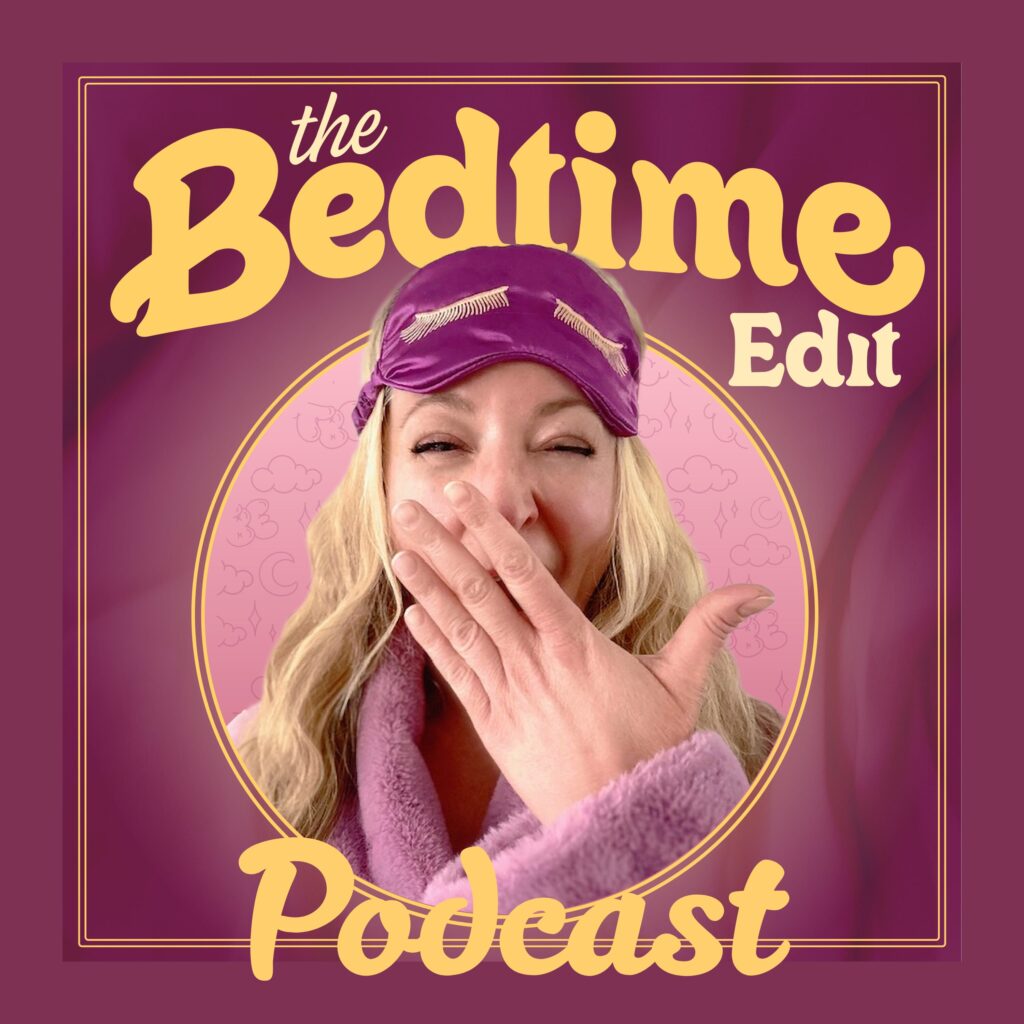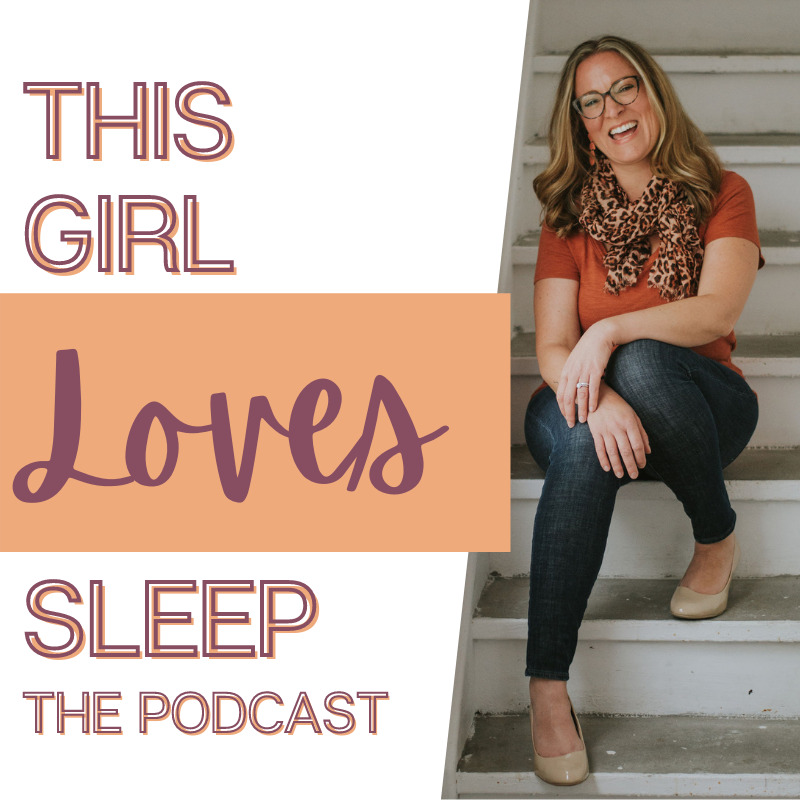It can be confusing for parents when trying to decide to follow a clock based schedule or to go by wake windows. Many of the new apps and devices today follow wake windows and this is mainly so they can give a quick input to parents on average ranges for sleep based on baby’s age. While it’s great to understand your little ones’ wake windows, it can become confusing for some parents to follow them as your day and baby’s sleep is constantly changing.
Why a clock based schedule ?
Around 4 months of age your little one’s sleep becomes more organized and they are ready to do those longer stretches of sleep for naps and night time. It is at this time that we recommend families look at a clock based schedule for babies.
Sign Up For Our Newsletter
Why do we recommend a clock based schedule instead of wake windows ? The main reason for this is to provide that predictability to the baby’s body as well as to your own schedule. Our bodies naturally follow a 24 hour clock, which controls changes in the body that help us to sleep. Once babies are over 4 months they start to follow those patterns called circadian rhythms. If we put them to bed when their body is naturally ready for sleep, not only can it help them settle to sleep easier but they are also more likely to get that deep restorative sleep that makes them better rested throughout the day.
Following a clock based schedule also helps to sync baby’s internal clock. Their body will naturally start to know when sleep happens which again will make them more tired and they will then start to show those tired cues at predictable times.
Why is timing so important ?
Understanding how hormones govern sleep and wake times will help you when it comes to setting your little one’s sleep schedule. There are two hormones that help to dictate our sleep, cortisol (awake) and melatonin (sleep). Throughout the day our levels of these hormones change, when sharing nap timings with families we are looking to schedule timings that work with the natural release of this melatonin. When we miss the sleep window we often see cortisol levels rise as the baby/toddler is overtired. This is what often causes a “second wind” and the baby or toddler then appears to not be tired anymore. When we miss that sleep window the cortisol released makes it harder for your little one to settle and then they start to fight sleep. This is why little ones who are overtired have such a hard time with naps and bedtime.
The amount of sleep is important as well
So how do we know how many naps a baby should have ? Generally between 4 to 8 months when baby’s sleep becomes more predictable they should be having 3 naps a day – a long morning nap, a long afternoon nap and a short cat nap that happens late in the afternoon. Once a baby is around 6-8 months we will often see that cat nap disappear as they can go longer stretches and make it to bedtime more easily.
Those two longer naps stay with the baby until they are around 16-18 months of age. There are often regressions through this time, where the baby may refuse one or more naps but it’s important to be consistent and still offer those two nap times until this age. Baby is going through an abundance of new learning and skills during this time so it’s important we still provide them with those opportunities to get that restorative sleep they need. Once on one nap a day, most little ones will keep that nap until 3-4 years of age.
Final Notes
While it’s great to get little ones napping, it is important to also ensure those naps are happening at those optimal times throughout the day and that we are giving the baby the chance to extend and lengthen those naps. The more we give babies that set schedule and sync it with their natural circadian rhythms the more likely we are to see them have those better sleeps. Remember healthy sleep is the right amount of sleep, at the right time! For more tips about naps click here.
Struggling to find the right schedule for your little one or have more questions about a clock based schedule and your little ones sleep ? Message us today to learn more about our custom sleep support to get that perfect schedule and routine for your little one.










